Although only 2,727 hectares in total, the park has seven different ecosystems, from limestone mountains to tropical rainforests, mangroves and ending at white sand beaches. Bako Forest has all the endemic plants of Sarawak, including 25 species found only in Bako. It is also home to nearly 150 red-listed proboscis monkeys along with many other typical animals such as Borneo bearded pigs, silvered langurs, long-tailed macaques, and red-bellied striped squirrels.

A corner of Bako National Park.
There are buses from all cities in Sarawak to Bako National Park, but this is only the first half of the journey. Visitors buy ferry or speedboat tickets at Bako Market, then take a 20-minute boat ride to the park, which is located where the Bako and Kuching rivers meet the sea.
The Bako National Park Management Board has planned four different itineraries to suit all types of hikers. The Paku route is the shortest and easiest, starting right at the jetty where visitors land in Bako. When the tide goes out, the nearby mangrove forest is filled with proboscis monkeys foraging for food.
After you’ve had your fill of monkeys, head to Teluk Assam Beach in front of the park and look out to the ocean, where some strangely shaped rocks stand tall. Over thousands of years, waves and winds have eroded the mountains, exposing the iron ore in the rocks. The most famous rock here is shaped like the head of a cobra, reminding visitors of the guardian deity of the park.
If you are a plant lover , you should follow the Lintang route. The guides will take you through the forest in a circular shape and explore different ecosystems: mangrove forests, star and tau forests, grasslands, cajuput forests on peat soil... The highlight of the journey for many visitors is to see plants of the Pitcher Plant, Sundew Plant and Euryale genus "foraging" by trapping insects.
For those who want to test their endurance, choose the Tajor - Limau route. The Tajor route takes visitors to mountain peaks, caves, and steep waterfalls after being eroded by nature over thousands of years. The Limau route is a journey that takes visitors down the mountain, along dangerous trails and then ends at the beach. Some tourists, after finishing the tiring journey, will spend the night in small houses for rent or camp right at the edge of the forest. Listening to the harmony of the night forest is a memorable experience for anyone who has ever slept in Bako.
Source










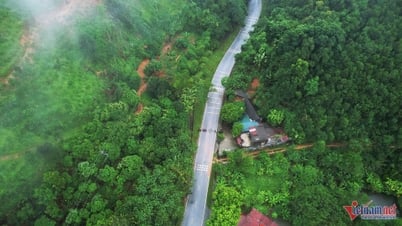





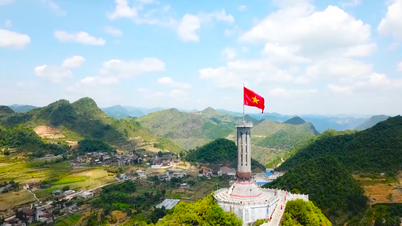
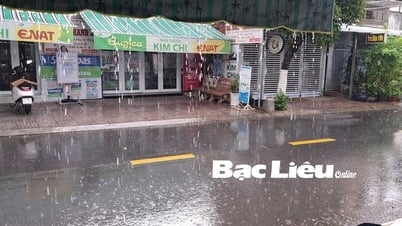










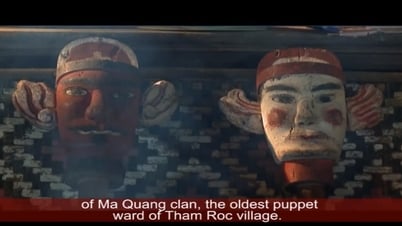



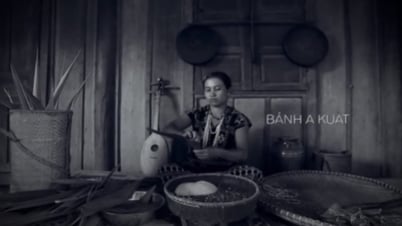











































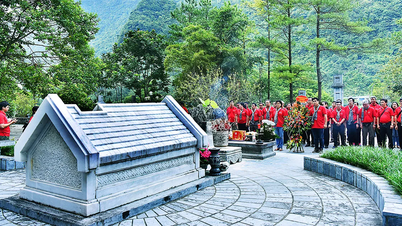



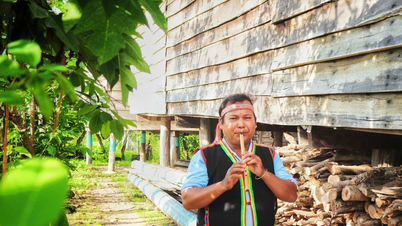




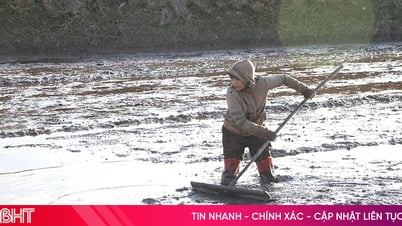








![[OCOP REVIEW] Tu Duyen Syrup - The essence of herbs from the mountains and forests of Nhu Thanh](https://vphoto.vietnam.vn/thumb/402x226/vietnam/resource/IMAGE/2025/6/5/58ca32fce4ec44039e444fbfae7e75ec)



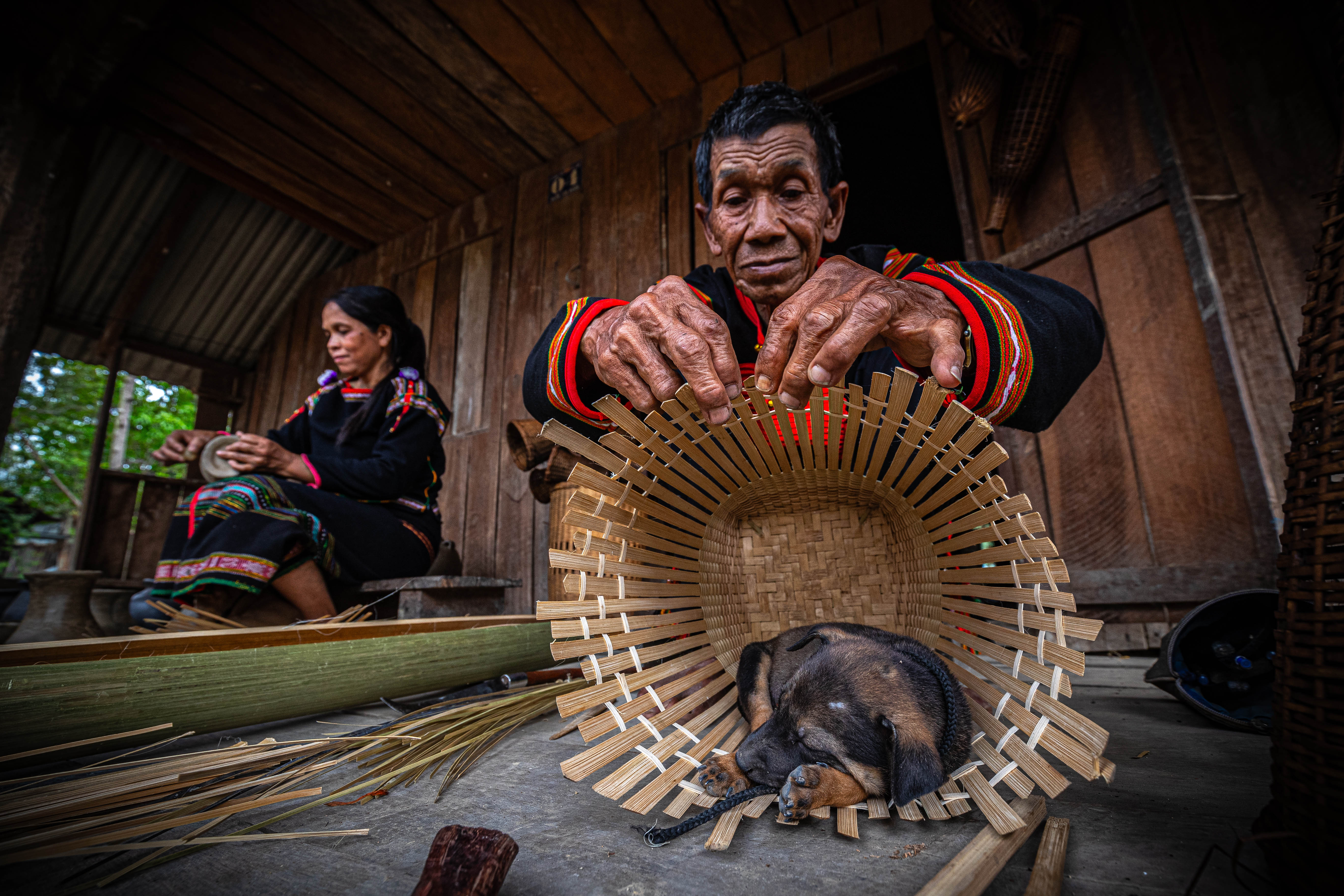
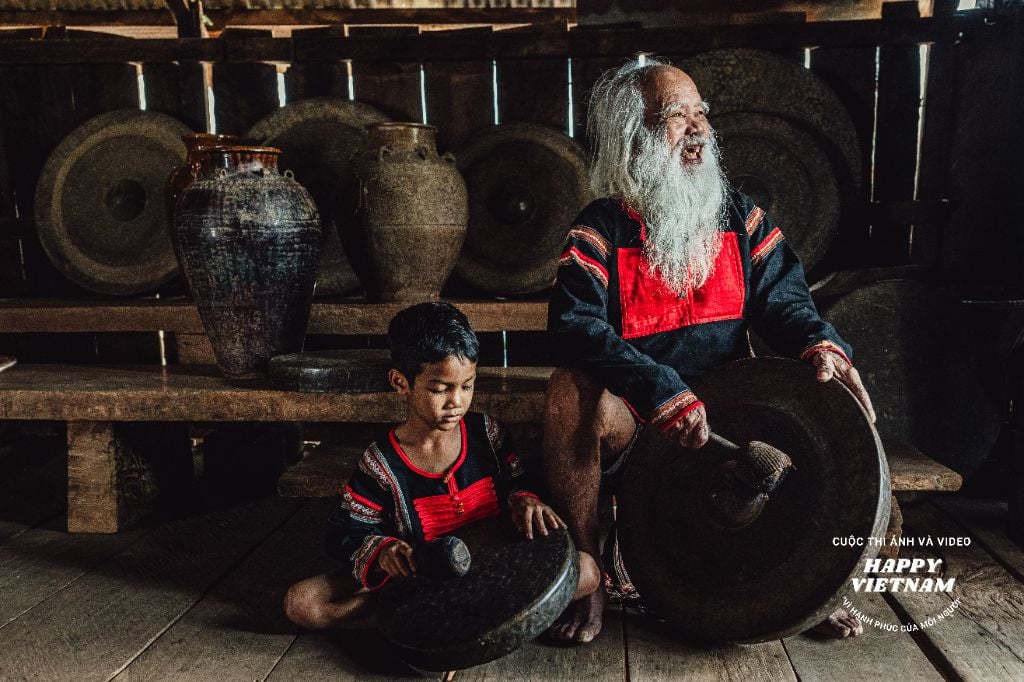
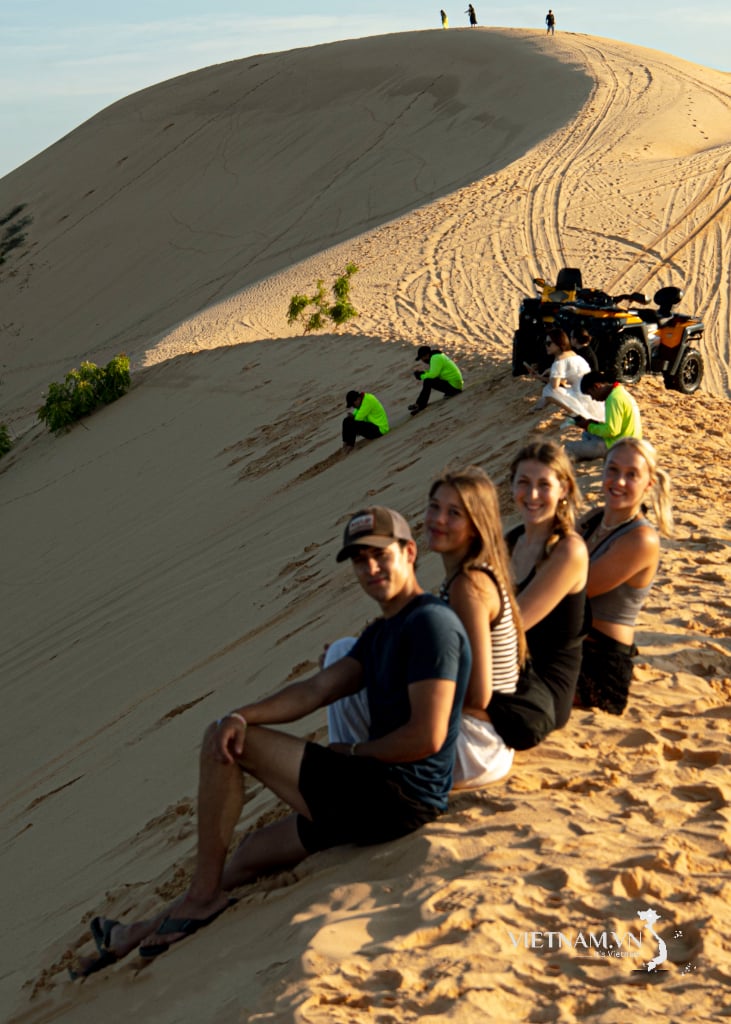
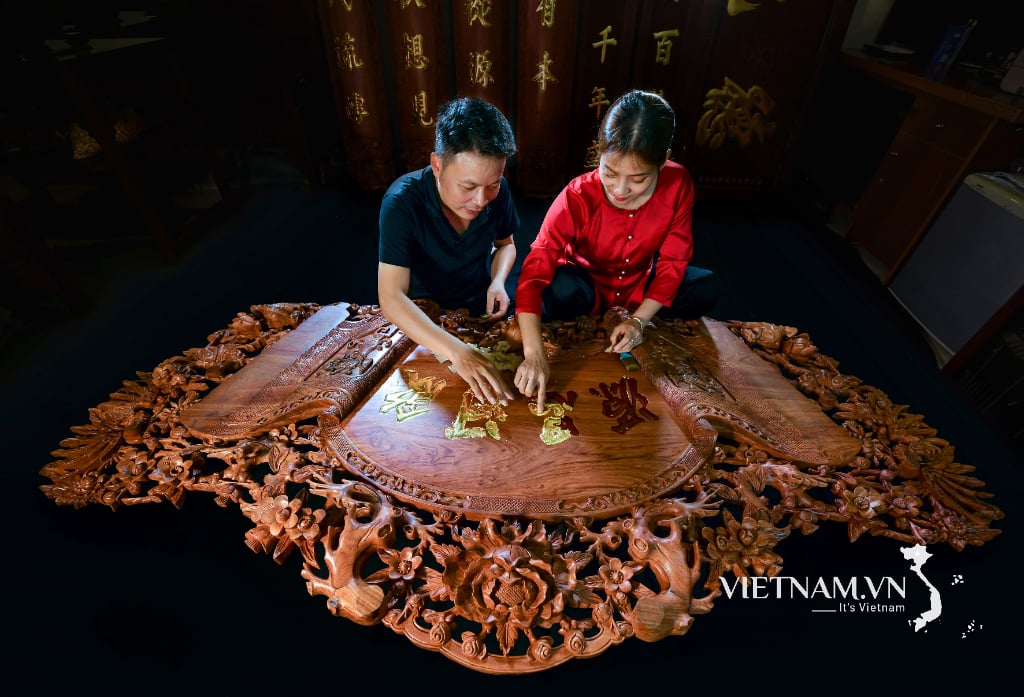
Comment (0)